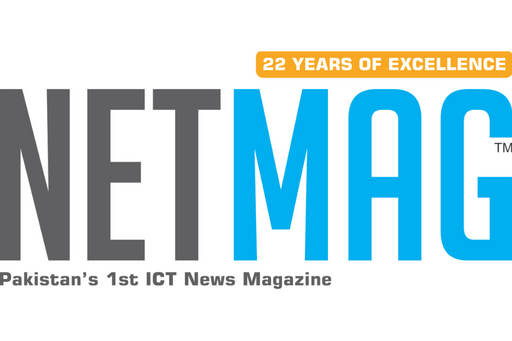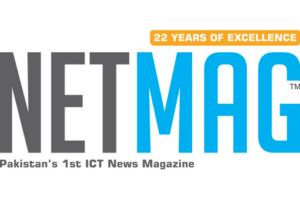In a 2010 article for Netmag, I highlighted a stark disparity in online revenue between Pakistani and U.S. websites. Despite having comparable audience sizes and traffic volumes, Pakistani sites earned a fraction of what their American counterparts did—specifically, 32 times less. Over the past decade and a half, this revenue gap has persisted, presenting significant challenges for Pakistani digital media companies. Today, the situation has deteriorated even further, making it incredibly difficult to sustain operations when catering predominantly to a Pakistani audience.
For those unfamiliar with the mechanics of digital advertising, websites generate income by displaying ads to visitors. On platforms like Netmag , for instance, you often encounter numerous banner ads managed by Google, which pays the websites based on the number of ads displayed each month.
READ MORE: Primary School Students No Longer Have to Carry Books to School Under New Policy
When an ad is shown to a Pakistani user, the website earns less than 10 cents for 1,000 ad views. To put it into perspective, if a webpage contains five banner ads, 1,000 ad views generate around 10 cents or even less. In contrast, if the same ads were shown to a U.S. user, the website could earn over $2 for 1,000 ad views.
NetMag, for instance, receives over 90% of its millions of visitors from within Pakistan, resulting in very low total earnings. This scenario is similar for many other media companies with a majority Pakistani audience, such as ProPakistani, Express Group, Jang Group, UrduPoint, HamariWeb, and PakWheels.
Clearly, Pakistani audiences generate significantly lower revenue for publishers, a trend that has persisted since the advent of the internet in Pakistan. Recently, however, the situation has deteriorated further. Google does not have enough ads to show to Pakistani audiences, leaving many ad slots unfilled.
When there are no ads to display, the publisher earns zero revenue. Shockingly, around 70% of the ad inventory for Pakistani digital publishers goes unfilled on average. This leaves only 30% of the ad slots available for publishers to generate income from, and even these slots have very low payout rates.
While low fill rates aren’t new, having up to 70% unfilled ads—and up to 80% for content in Urdu—is unprecedented. The sluggish economy and reduced budgets from advertisers are major factors contributing to this dire situation. And unfortunately, there doesn’t seem to be a short-term solution.
In comparison, the fill rates aren’t as bad in other regions like India or the Middle East, making this a uniquely Pakistani problem that will require localized solutions, if any exist.
One potential solution is direct sales, meaning selling ads directly to local advertisers instead of relying on Google. However, the demand from local advertisers is almost non-existent, given the current supply.
This tough environment likely explains why new digital publishers are scarce, especially those who rely on bootstrapping or don’t have substantial financial backing. This has a dampening effect on the entire digital publishing industry in Pakistan, and that’s why it has to change. This clearly can’t continue for long.
I welcome your thoughts and insights in the comments on why and how this situation has become so critical. I will share my thoughts on the matter in my next post, coming soon, InshAllah.





